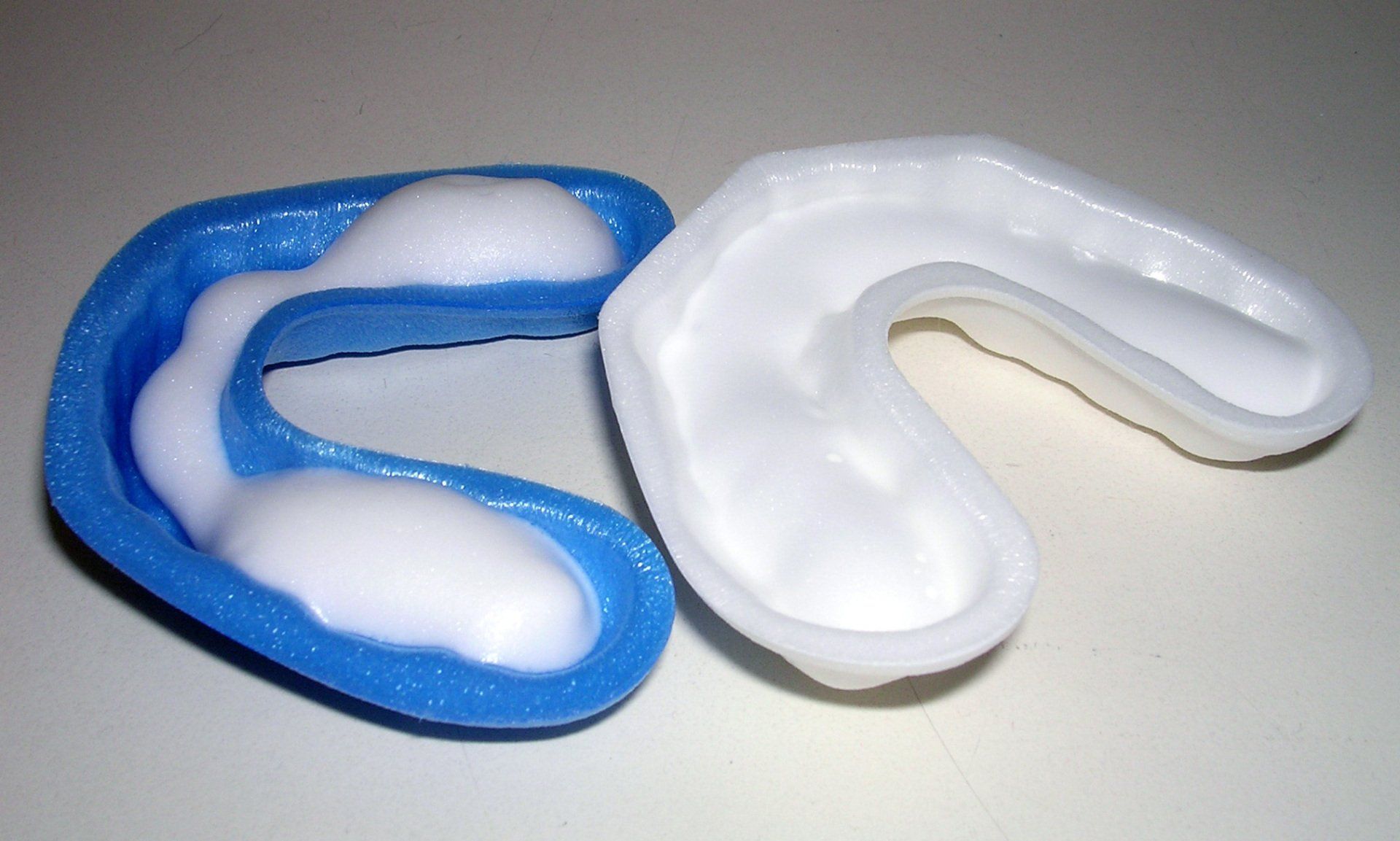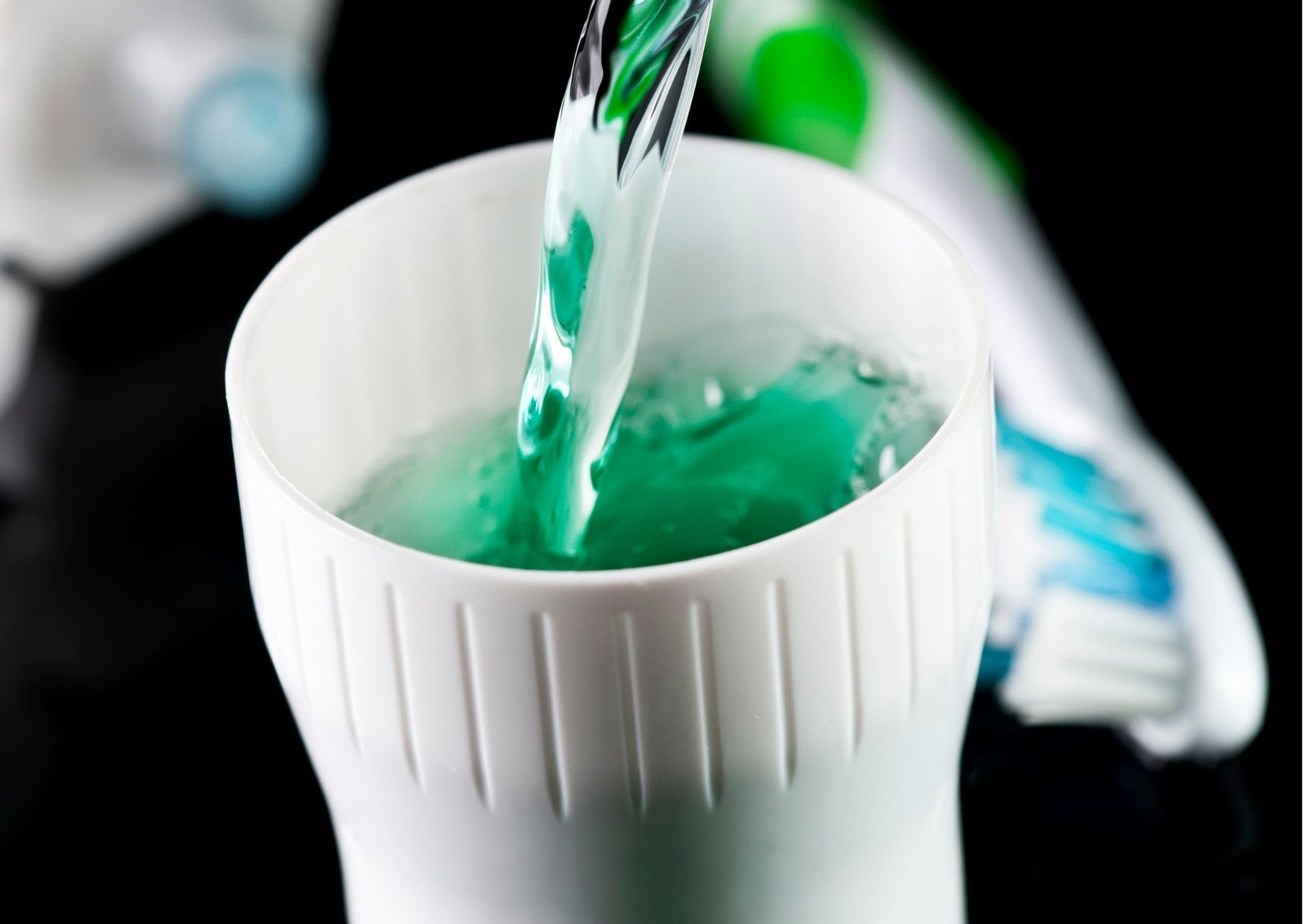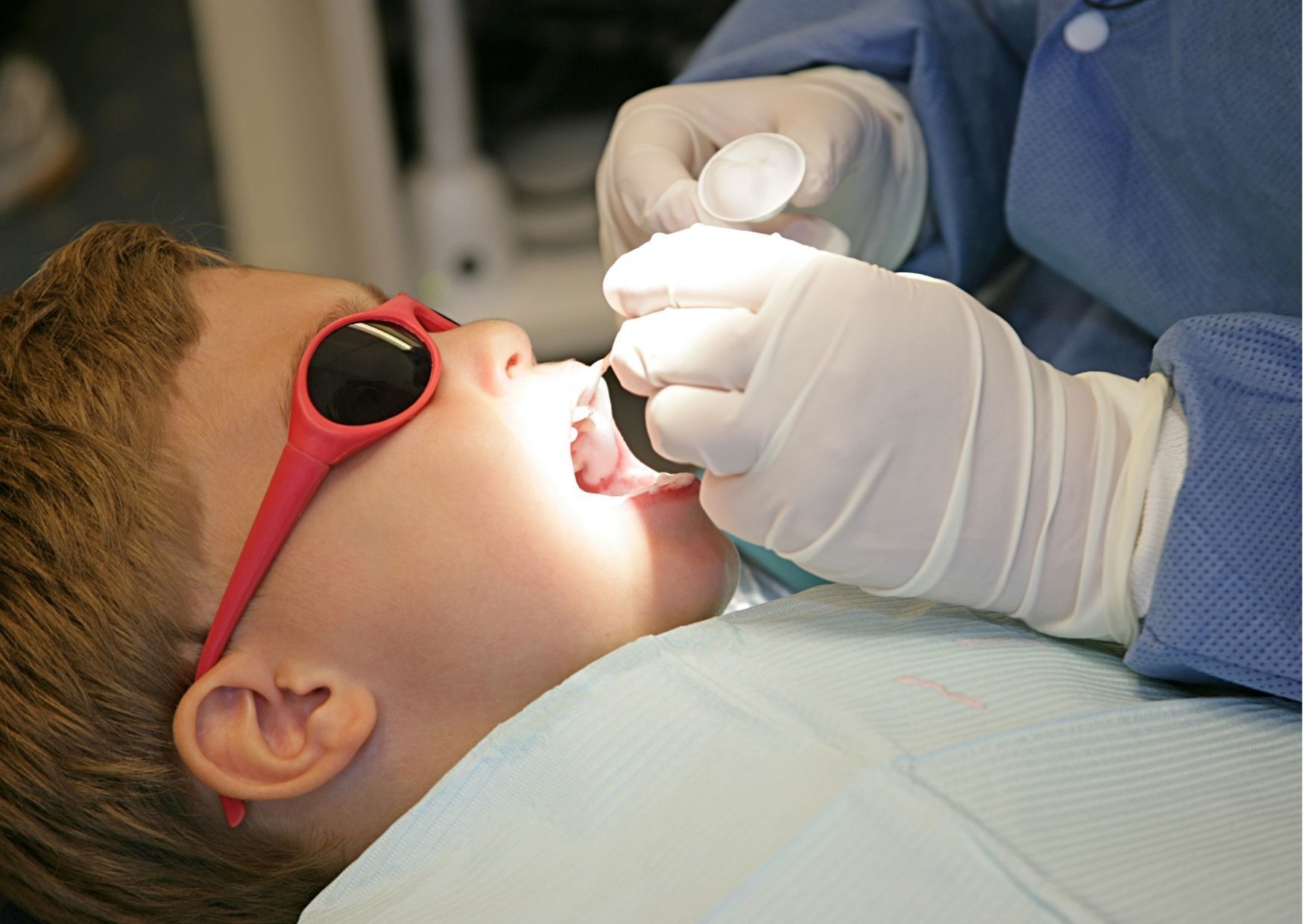Gateway Family Dental Blog
Fluoride Treatment Information, Benefits, & Frequency of Use

Fluoride is a naturally occurring mineral that is used to help prevent tooth decay. Dentists often perform fluoride treatments as part of your six-month checkup; major toothpaste brands have added it to their toothpaste formulas; and for over 75 years, cities across the United States have added fluoride to their water supply. Read on to learn more about the history of fluoride and fluoride treatments.
What Are Fluoride Treatments?
Healthy teeth and gums are an important element of your body’s overall health, which is why dentists recommend a check-up and cleaning every six months. During this type of appointment, a dentist, or hygienist will inspect teeth for signs of decay, remove built-up plaque, and apply a fluoride treatment to help strengthen your teeth.
Teeth are the hardest substance in the human body, made up of a mineral layer (enamel) protecting an inner structure of dentin, pulp, nerves, and roots. Minerals are added to and lost from the tooth enamel throughout the day as we eat and drink. Demineralization is when acids—such as sugars, plaque, and acidic foods—wear away at the enamel. Remineralization, on the other hand, refers to the process of adding minerals such as calcium, fluoride, and phosphate back into the enamel layer, strengthening it once again. Decay occurs when there is more demineralization than remineralization.
Fluoride treatments help boost the process of remineralization, preventing or slowing decay by adding more fluoride to the tooth’s enamel. Although fluoride can be found in most toothpaste, some mouthwashes, and the municipal water supply, fluoride treatments offer a concentrated dose to supplement and further strengthen your enamel.
Different Types of Fluoride Treatments
Fluoride treatments can be applied in many different ways, including:
● Varnish. A dentist or dental hygienist will “paint” a small amount of fluoride directly onto the teeth. The varnish sets quickly as it interacts with the patient’s saliva and dries on the teeth. Patients are advised to choose soft, non-abrasive foods for the rest of the day.
● Foam. Foam fluoride solutions are typically squeezed out into a mouthguard-shaped tray that is then inserted into the patient’s mouth for a few minutes. The foam coats the teeth, getting into all the nooks and crannies.
● Rinse. Similar to mouthwash, a fluoride rinse is another popular style of fluoride treatment. The patient is given a solution to swish in their mouth for a few minutes to coat the teeth.
● Gel. Gel fluoride treatments are incredibly versatile and can be applied both directly as a varnish or in a mouthguard tray. As with all fluoride treatments, patients are advised not to eat or drink anything for 30 minutes after the treatment has been applied.
Your dentist will choose the best option for your teeth, taking into consideration your budget and the condition of your enamel. Some patients may also receive a prescription for a fluoride supplement or at-home treatment if needed.
Are Fluoride Treatments Safe?
Many natural health care advocates have questioned the safety of fluoride and fluoride treatments, claiming that adding fluoride to our water supply is hazardous to our health. However, studies have yet to find a direct link between fluoride and an increased risk of bone cancer, low IQ, or other perceived risks. Additionally, it’s important to note that while there are some potential side effects to fluoride, the risks are typically only associated with excess exposure (such as swallowing toothpaste instead of spitting it out). Patients should also keep in mind that the benefits—especially the reduced risk of tooth decay—far outweigh the risks.
Dental Fluorosis
One important side effect to mention is dental fluorosis. Dental fluorosis refers to the discoloration of teeth caused by an excess amount of fluoride. This discoloration typically presents as a minor cosmetic flaw, such as white spots or streaks on the teeth. However, consistent high exposure to fluoride can turn teeth brown. Dental fluorosis occurs most commonly in children, discoloring their adult teeth that are still developing below the gumline.
It was this unique discoloration that inspired the discovery of fluoride in the first place—a young dentist named Frederick McKay noticed that many residents of a town in Colorado had mottled, brown teeth that were surprisingly resistant to decay. McKay investigated the town’s water, which came from a nearby spring and found unusually high levels of naturally occurring fluoride. This discovery inspired the addition of fluoride to local water supplies (at levels that do not cause staining!) to slow the effects of demineralization and reduce decay.
How Often Should I Get a Fluoride Treatment?
Patients are advised to brush their teeth with a fluoridated toothpaste at least twice per day, and rinse with a fluoride mouthwash once per day. Encourage remineralization by choosing tap water when you’re able and minimize the consumption of acidic or sugary foods.
Professional fluoride treatments are a part of your regular dental check-up and should be performed at least every six months. If it has been a while since your last cleaning or fluoride treatment, visit our website to book an appointment for your next check-up today!
Do My Kids Need Fluoride Treatments?
Yes! Even though their baby teeth will eventually be replaced by adult teeth, children should still brush with a fluoridated toothpaste and receive fluoride treatments during their dental checkups.
Proper fluoride use helps strengthen the adult teeth that are developing below the gum line. This means that a child’s permanent teeth will be stronger and better able to resist the effects of demineralization. However, it’s important to monitor children’s exposure to fluoride to prevent dental fluorosis. Children under the age of 3 should use a rice-sized amount of toothpaste, while children aged 3–6 should use no more than a pea-sized amount. Always supervise children while brushing, and encourage them to spit toothpaste into the sink rather than swallow it.
The Different Stages of Tooth Decay
As previously mentioned, tooth decay occurs when there is too much demineralization and not enough remineralization. There are five main stages of tooth decay:
- Initial demineralization. This occurs when the enamel is exposed to plaque bacteria, acids, and sugars from food and drinks, especially carbonated beverages, gummy candies, wine, and fruit. The enamel begins to lose the minerals which protect the inner structure of the tooth.
- Enamel decay. As the minerals in the enamel break down, the tooth is at risk of small holes, better known as cavities or dental caries. Early cavities may be restored through remineralization by drinking fluoridated water, brushing and flossing consistently, and rinsing with a fluoridated mouthwash.
- Dentin decay. Dentin is the soft tissue beneath the enamel. Once a cavity has penetrated the enamel and reached the dentin, a dentist must treat it. Dentin contains the tubes that lead to the tooth’s nerves, so many people with dentin decay experience increased sensitivity to hot, cold, or sweet foods.
- Pulp damage. Pulp houses the tooth’s nerves and blood vessels, keeping the tooth (and your mouth) healthy. If the pulp is damaged, it may begin to swell. Since the swelling is encased within the hard body of the tooth, it puts pressure on the nerves and causes pain.
- Abscess. As the decay advances through each layer of the tooth, it increases the risk of infection. Inflammation and infection can cause an abscess—or small pocket of pus—to form at the bottom of the tooth, causing significant pain that may radiate throughout your jaw. An abscess can cause additional health issues as the infection may spread to your jaw, head, or neck, so it should be treated by a dentist immediately.
Tooth decay can progress quickly over time, and the further it progresses, the harder it is to treat. The initial stage of demineralization can be reversed through fluoride treatments, however further decay such as cavities may require fillings. If the tooth decay reaches the pulp, a root canal may be required. Abscesses often require a round of antibiotics before a root canal.
Oral health is often directly linked to physical health. Poor oral health has been linked to a variety of medical conditions, including endocarditis, cardiovascular disease, pneumonia, and even complications during pregnancy. Cavities not only increase the risk of further decay and infection but also weaken the tooth’s structure, increasing the chance the tooth may crack or break. It’s not always easy to identify when tooth decay is occurring, which is why we recommend having your teeth checked at least every six months.
At Gateway Family Dentistry, we’re here to provide the people of Murfreesboro, TN, with compassionate, professional dental care, including check-ups, fluoride treatments, and fillings. Visit our website to meet our team and see a full list of our services, or call (615) 610-1377 to book your next appointment today!








